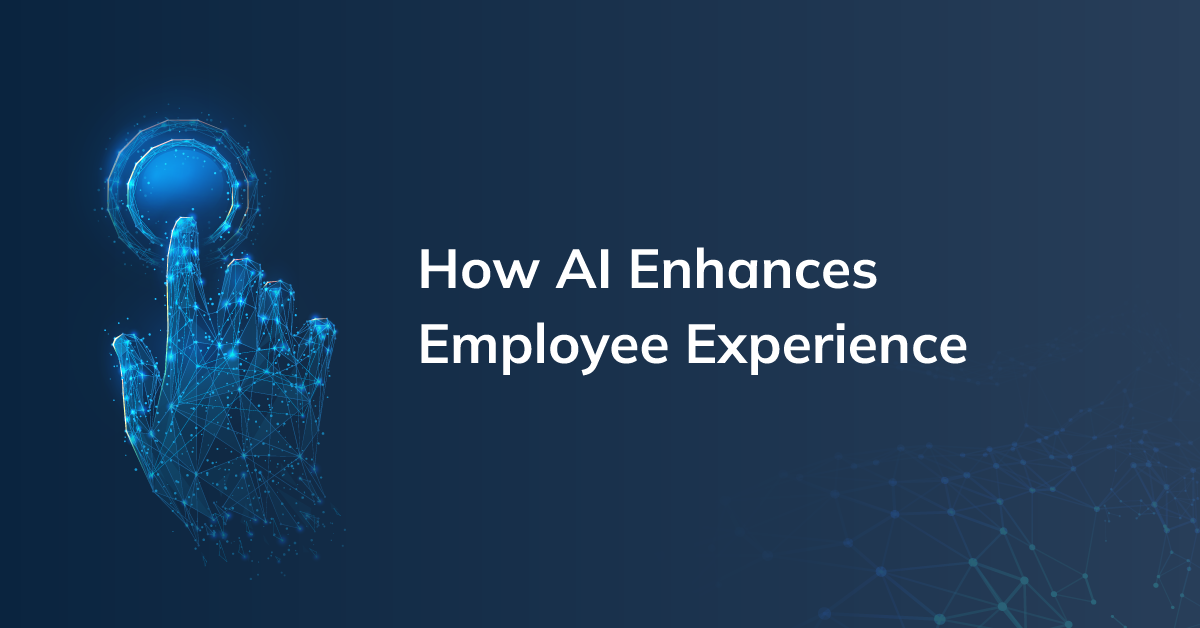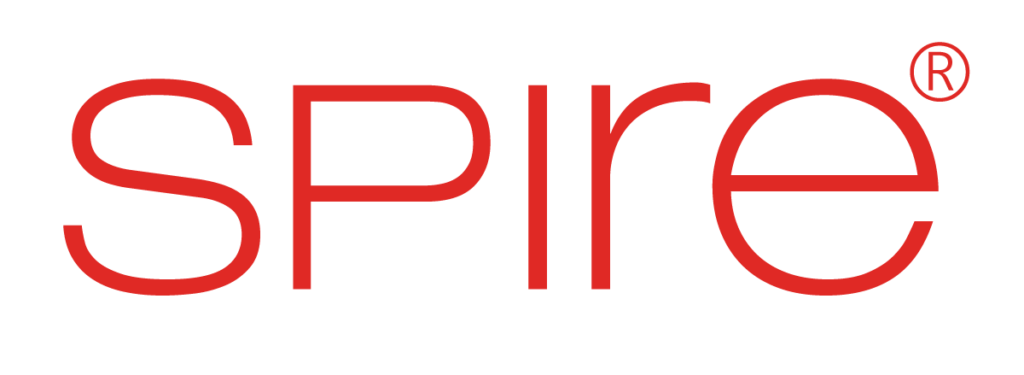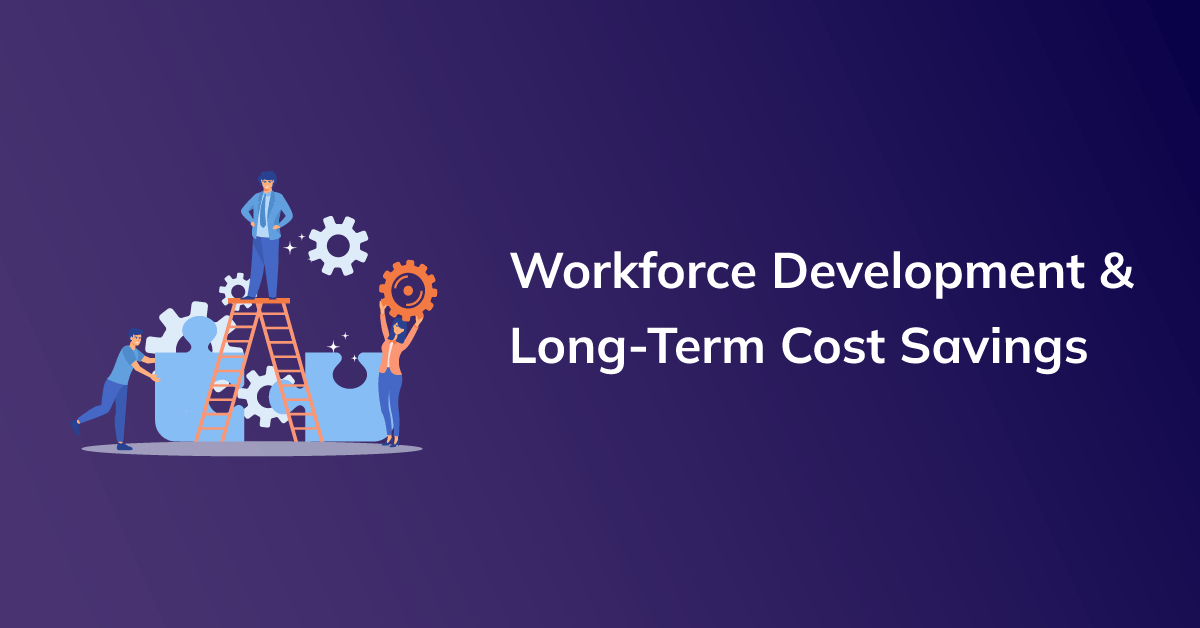
What is International Human Resource Management?
International Human Resource Management
International human resource management involves recruiting, developing, and managing employees in a global context. It covers areas such as cross-border employment practices, global talent acquisition, and compliance with local labor laws, helping organizations build cohesive, culturally aware, and effective global teams.



